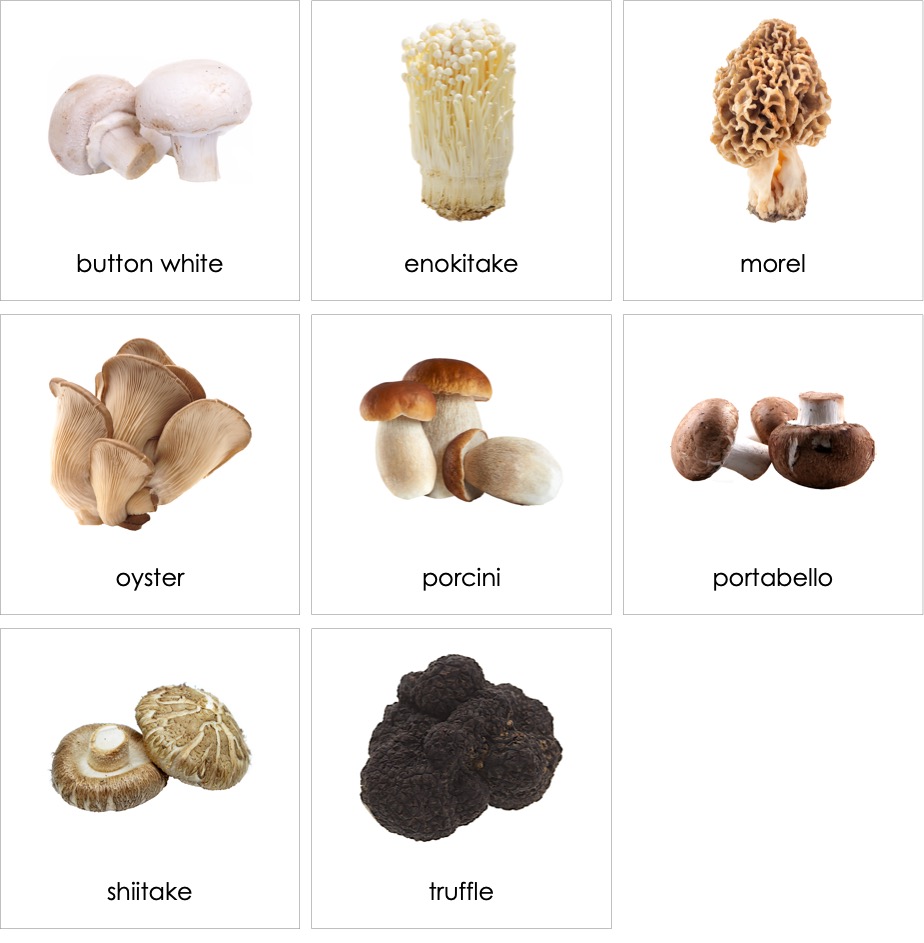Fungi play a pivotal role in agriculture, not only as pathogens that threaten crops but also as invaluable allies in sustainable farming practices. The diverse realm of fungi encompasses a wide array of forms and functions, each contributing uniquely to the agricultural ecosystem. This article will delve into the different types of fungi found in agriculture, exploring their implications, interactions, and potential for future advancements in farming.
Given the duality of fungi as both beneficial and detrimental agents, understanding their classifications and roles prompts an imperative challenge to rethink agricultural practices. How can farmers harness the capabilities of fungi while mitigating their negative impacts? This is an essential question that warrants thorough exploration.
Mycelial Architects: The Building Blocks of Soil Health
Among the myriad types of fungi, mycorrhizal fungi serve as a foundational component of soil health and plant nutrition. These fungi form symbiotic associations with plant roots, enhancing nutrient uptake, particularly phosphorus and nitrogen, essential for plant growth. The mycelium, an extensive network of fungal filaments, infiltrates the soil, effectively increasing the surface area available for nutrient absorption. This relationship significantly augments the resilience of plants against environmental stressors, including drought and soil-borne pathogens.
Moreover, mycorrhizal fungi demonstrate an astonishing ability to facilitate communication between different plant species through a phenomenon often referred to as the “Wood Wide Web.” This network allows plants to share nutrients and information, triggering defense responses against pests and diseases. The implications for agricultural management are substantial; integrating mycorrhizal inoculation into cropping systems could enhance yield potentials while simultaneously reducing reliance on chemical fertilizers.
However, the challenge lies in the widespread use of fungicides and the resultant damage to these beneficial relationships. Sustainable agricultural practices must prioritize the conservation of mycorrhizal populations as part of a holistic approach to soil management.
Pathogenic Fungi: The Adversarial Forces
Conversely, certain fungi emerge as formidable adversaries in agriculture, causing a myriad of plant diseases that can lead to significant economic losses. Fungal pathogens such as Fusarium spp., Phytophthora spp., and Botrytis cinerea are notorious for their ability to infect crops, causing wilts, blights, and rots, which ultimately undermine yields and quality.
The life cycle of these pathogenic fungi often begins with the production of spores that can be disseminated by wind or rain, establishing infections that wreak havoc on susceptible plant tissues. The management of these pathogens involves an integrated approach involving resistant cultivar selection, crop rotation, sanitation practices, and the judicious use of fungicides. However, the emergence of resistant strains to antifungal agents necessitates the incorporation of alternative strategies, including biological control measures. These could involve the use of antagonistic fungi or bacteria that inhibit the growth of pathogenic species.
In order to combat agricultural losses effectively, farmers must remain vigilant, integrating knowledge of fungal pathology with precision farming practices that utilize emerging technologies such as digital monitoring systems. This presents a provocative challenge: how can we improve disease management while balancing ecological sustainability?
Mycoherbicides: Fungi in Weed Management
Amidst the plethora of fungi, a subset known as mycoherbicides represents an innovative culinary approach for sustainable weed management. These fungi, such as Colletotrichum coccodes, have the potential to impair the growth of undesirable plant species while concurrently preserving the health of crop plants.
Utilizing mycoherbicides offers a compelling advantage: they possess specificity towards target weeds, minimizing impact on non-target organisms and the surrounding ecosystem. Moreover, the application of these biocontrol agents can reduce the dependence on chemical herbicides, aligning with the modern agricultural movement towards integrated pest management systems.
Nonetheless, the commercialization of mycoherbicides has not been without hurdles. The establishment of effective deployment strategies, regulatory approval processes, and public acceptance poses significant challenges for agricultural practitioners. This raises the question: can we bridge the gap between innovative research and practical application that cultivates a more responsive agricultural framework?
Plant Growth-Promoting Fungi: Allies in Crop Development
In addition to mycorrhizal fungi, certain species are recognized as Plant Growth-Promoting Fungi (PGPF). These fungi, including Trichoderma spp. and Aspergillus spp., enhance crop productivity through various mechanisms such as hormone production, nutrient solubilization, and biocontrol of pathogens.
The use of PGPF in agriculture offers a multifaceted strategy for enhancing soil fertility and plant vigor. For instance, Trichoderma species are known to produce enzymes that degrade soil nutrients, making them more accessible to plants. Furthermore, they exhibit antagonistic properties against a plethora of soil-borne pathogens, creating a fortifying environment that safeguards crop integrity.
The global movement towards organic and regenerative farming practices accentuates the urgency for broader adoption of PGPF in sustainable agriculture. Yet, challenges persist in terms of inconsistent field results and the need for more robust research to discern specific fungal strains’ impacts under varying agricultural conditions. It beckons the question: how can agricultural stakeholders boldly champion the application of PGPF, leveraging their capabilities to craft resilient and productive agroecosystems?
Conclusion: A New Paradigm in Agricultural Practices
Fungi, with their diverse roles in agriculture, present an intricate tapestry of interactions that manifest both challenges and opportunities. Mycorrhizal fungi and PGPF illuminate the path towards enhancing soil health and fostering sustainable crop development, while pathogenic fungi underscore the necessity for vigilant disease management strategies.
As agriculture continues to evolve amidst climate change, resource scarcity, and increasing food demand, the strategic incorporation of fungal dynamics into farming practices emerges as a critical necessity. By doing so, agricultural stakeholders can reimagine their practices, transforming potential adversities into constructive innovations.
Ultimately, it is not merely about understanding the types of fungi present in agriculture but recognizing the profound implications their diversity holds for the future of sustainable food production. The invitation stands: how will the agricultural community rise to the challenge of integrating fungal understanding into actionable strategies, shaping a resilient and prosperous agricultural landscape?
